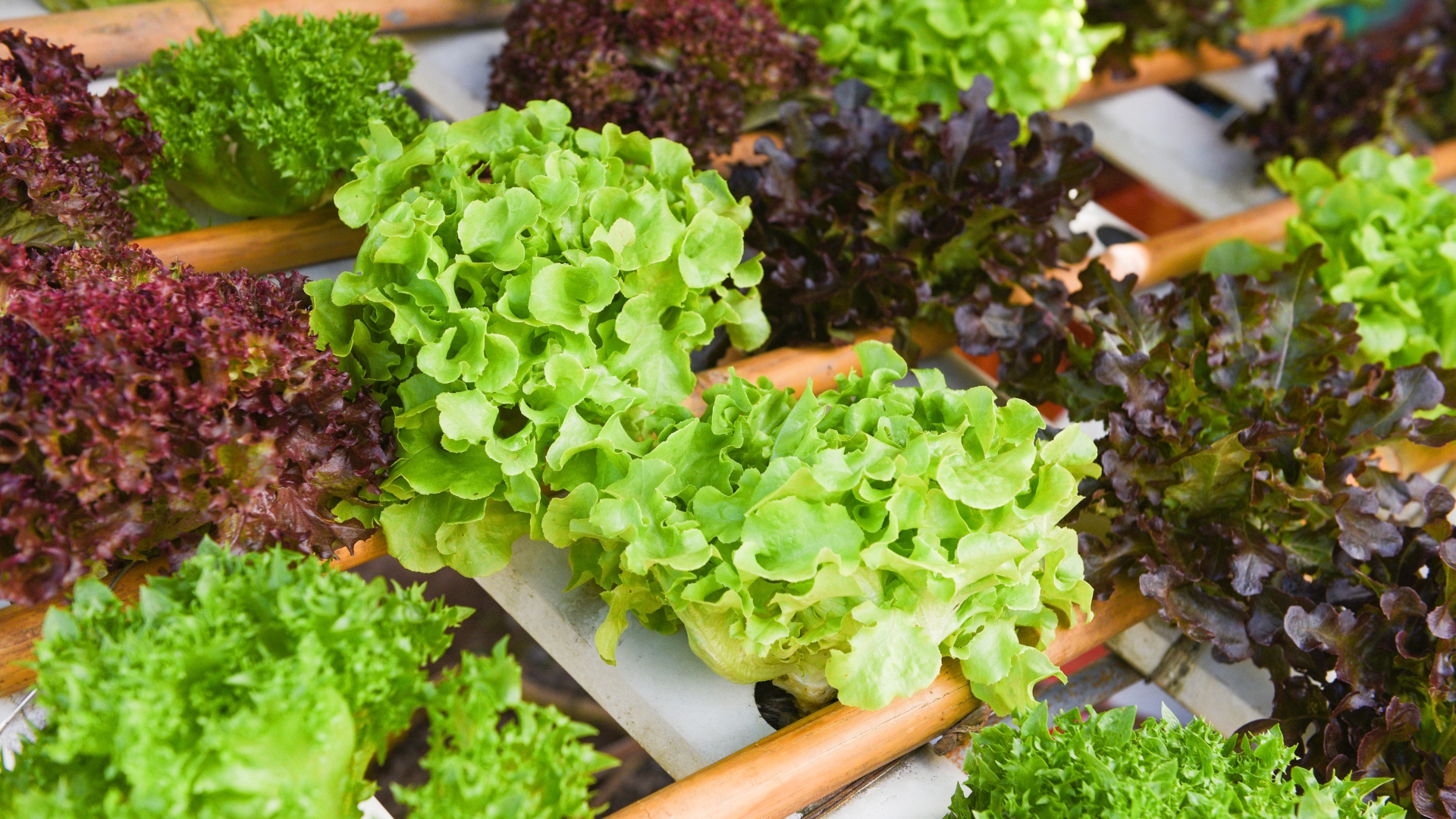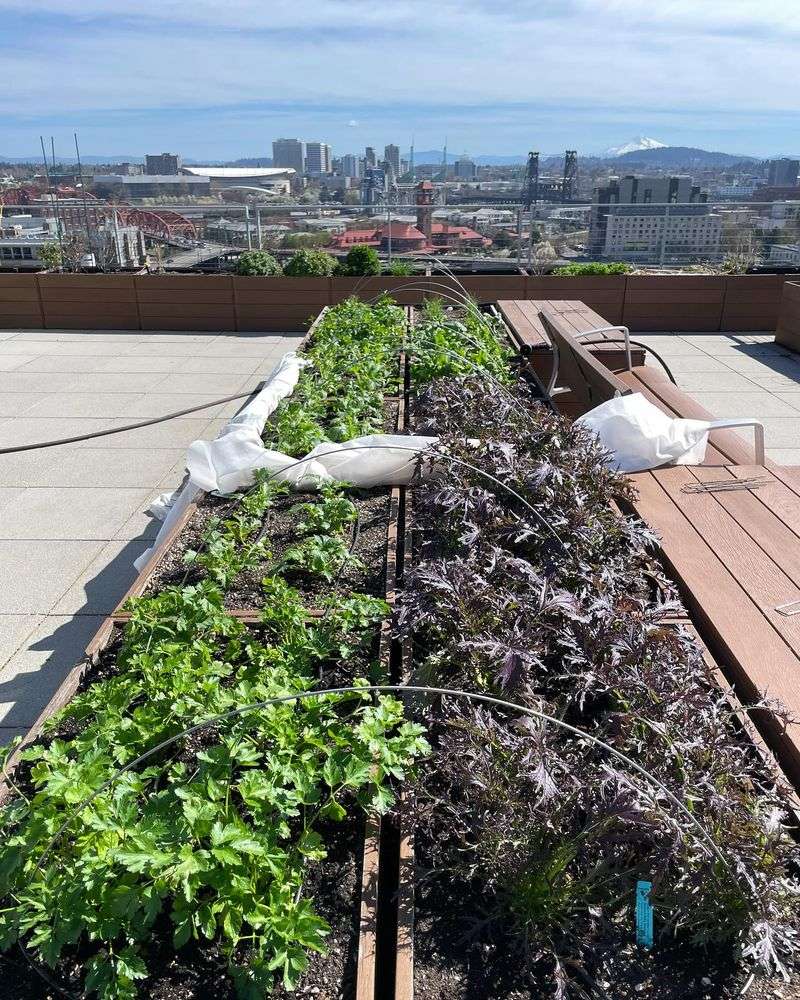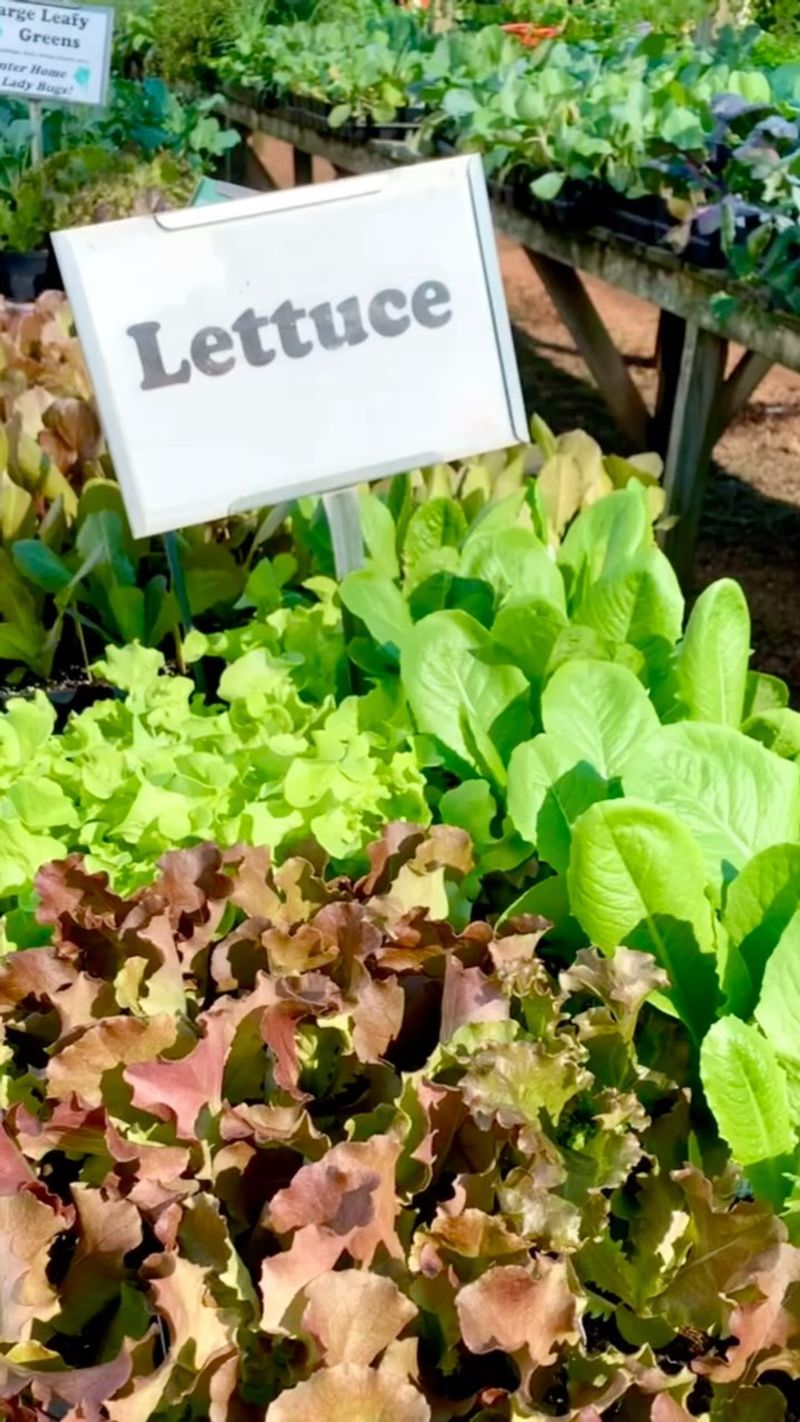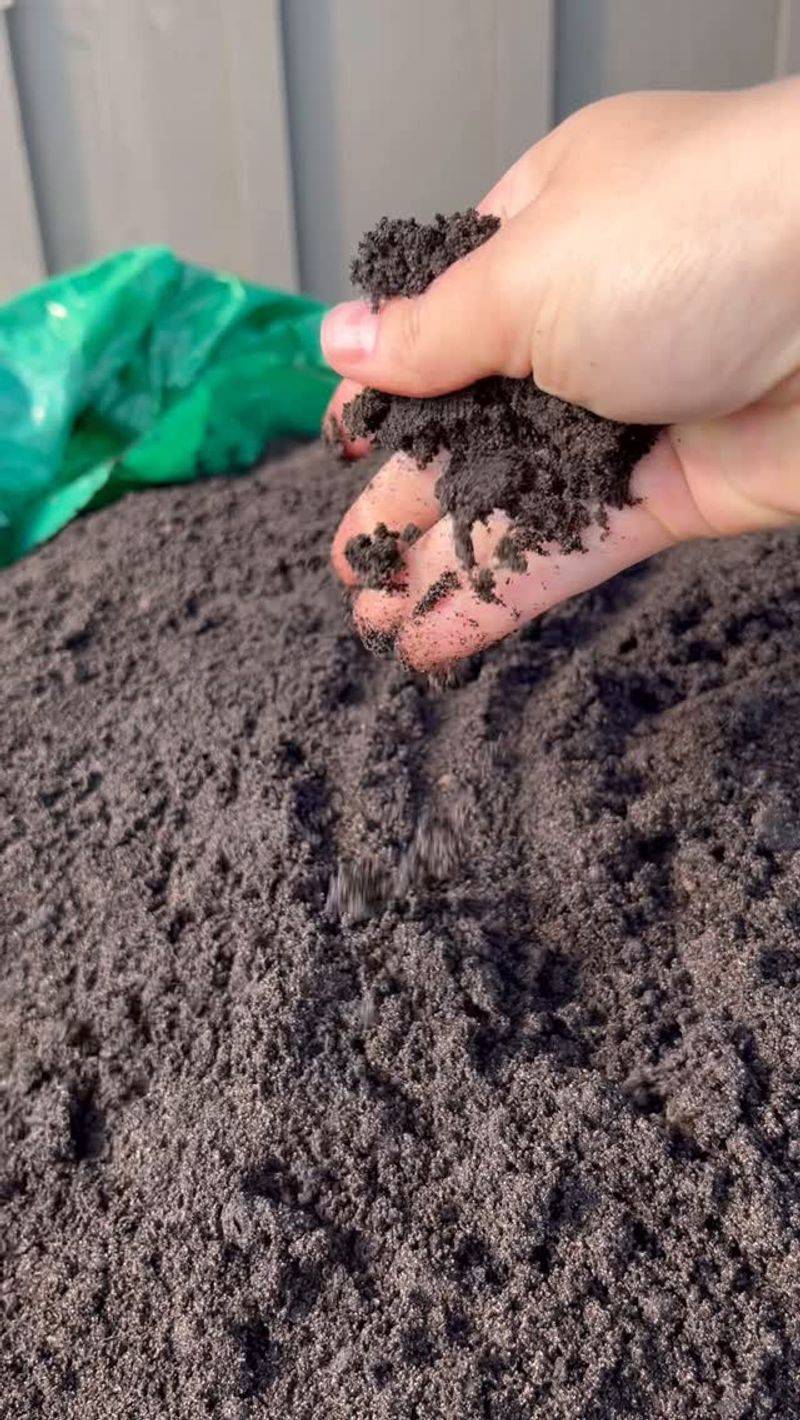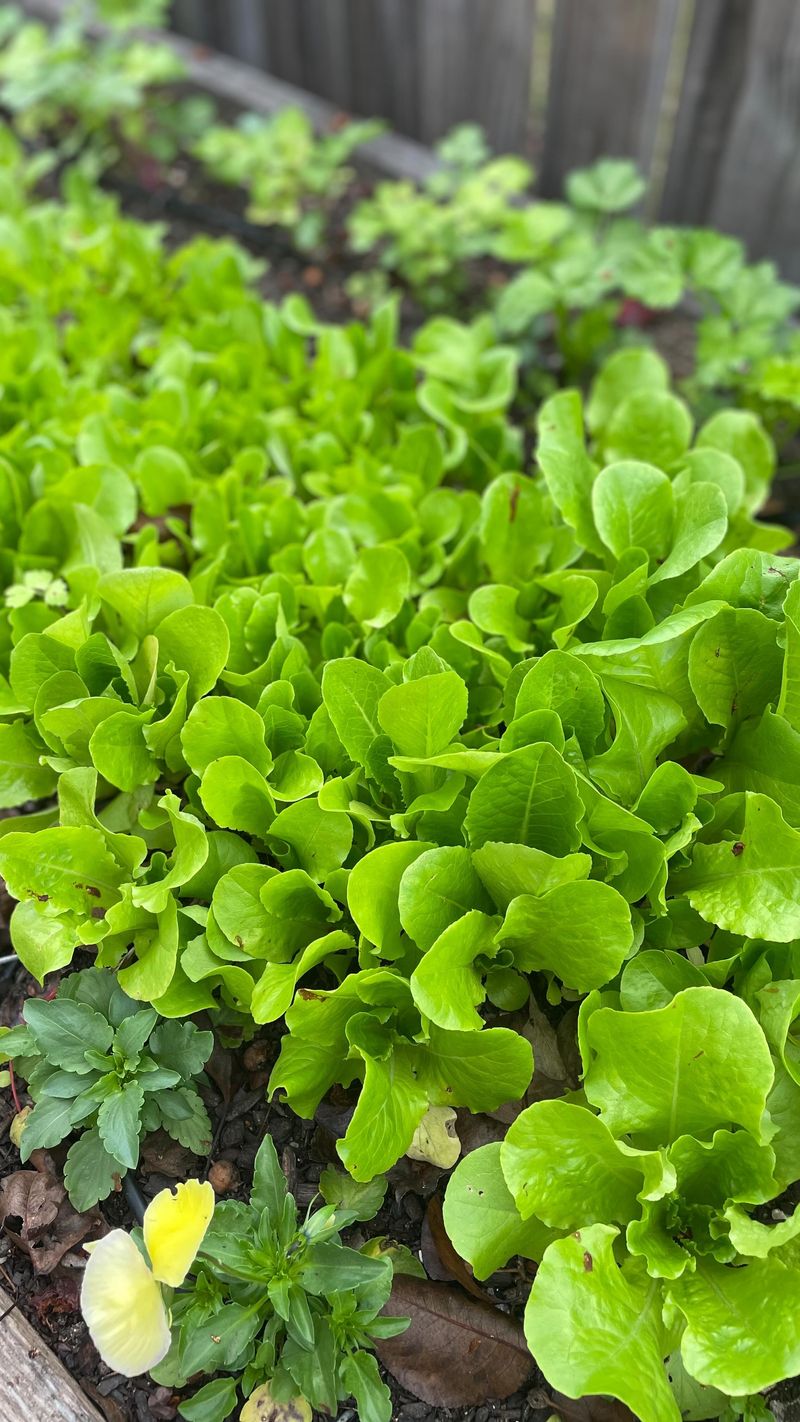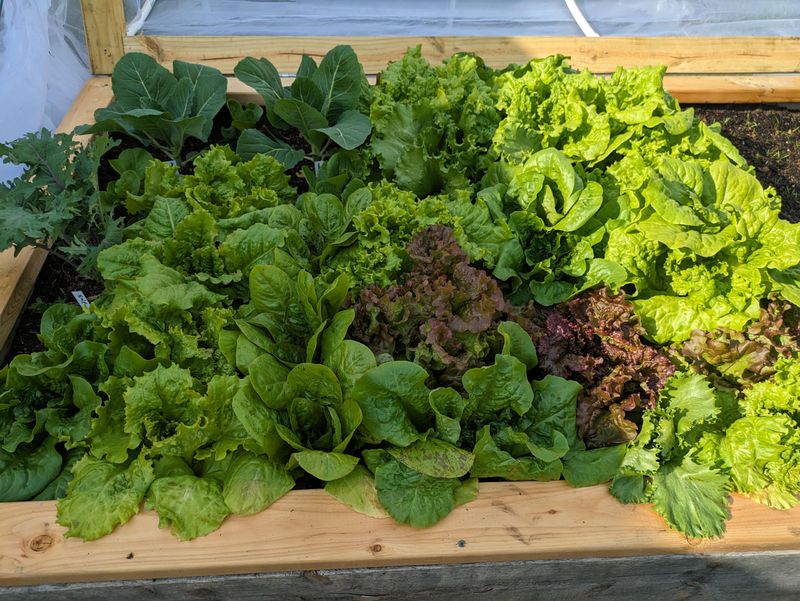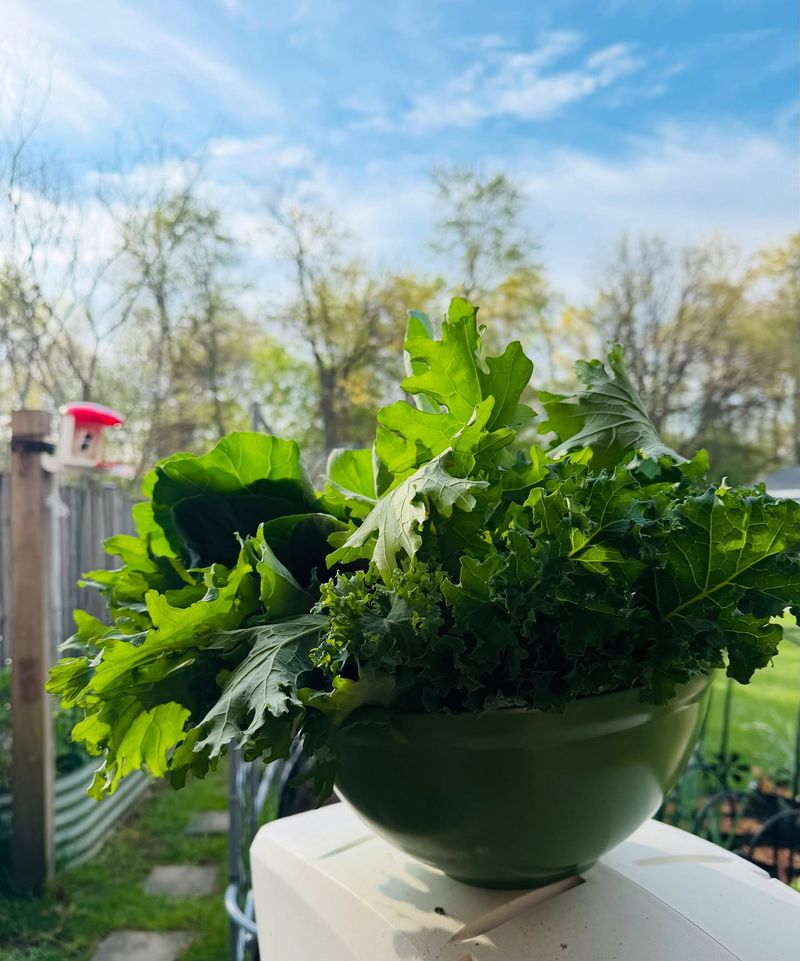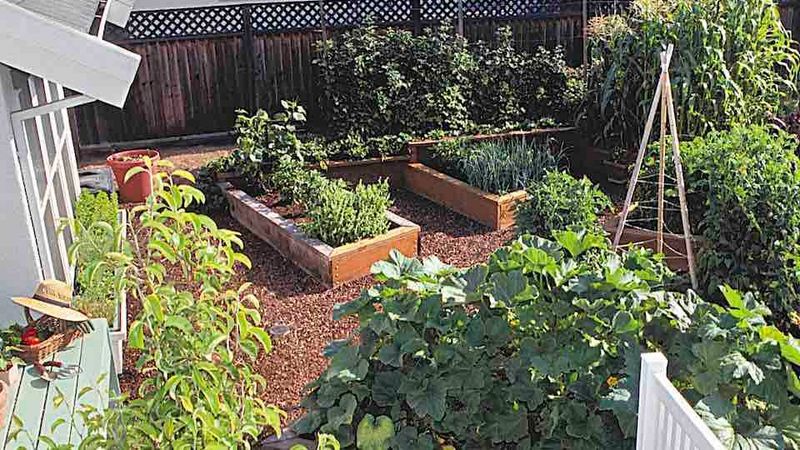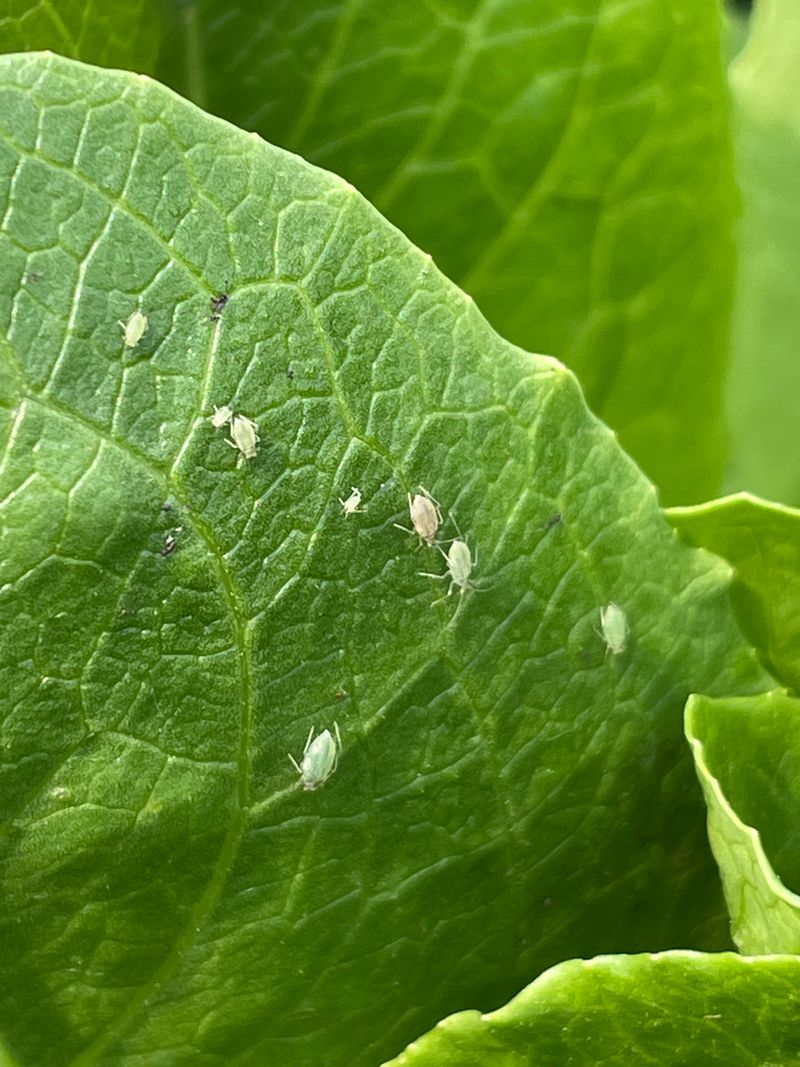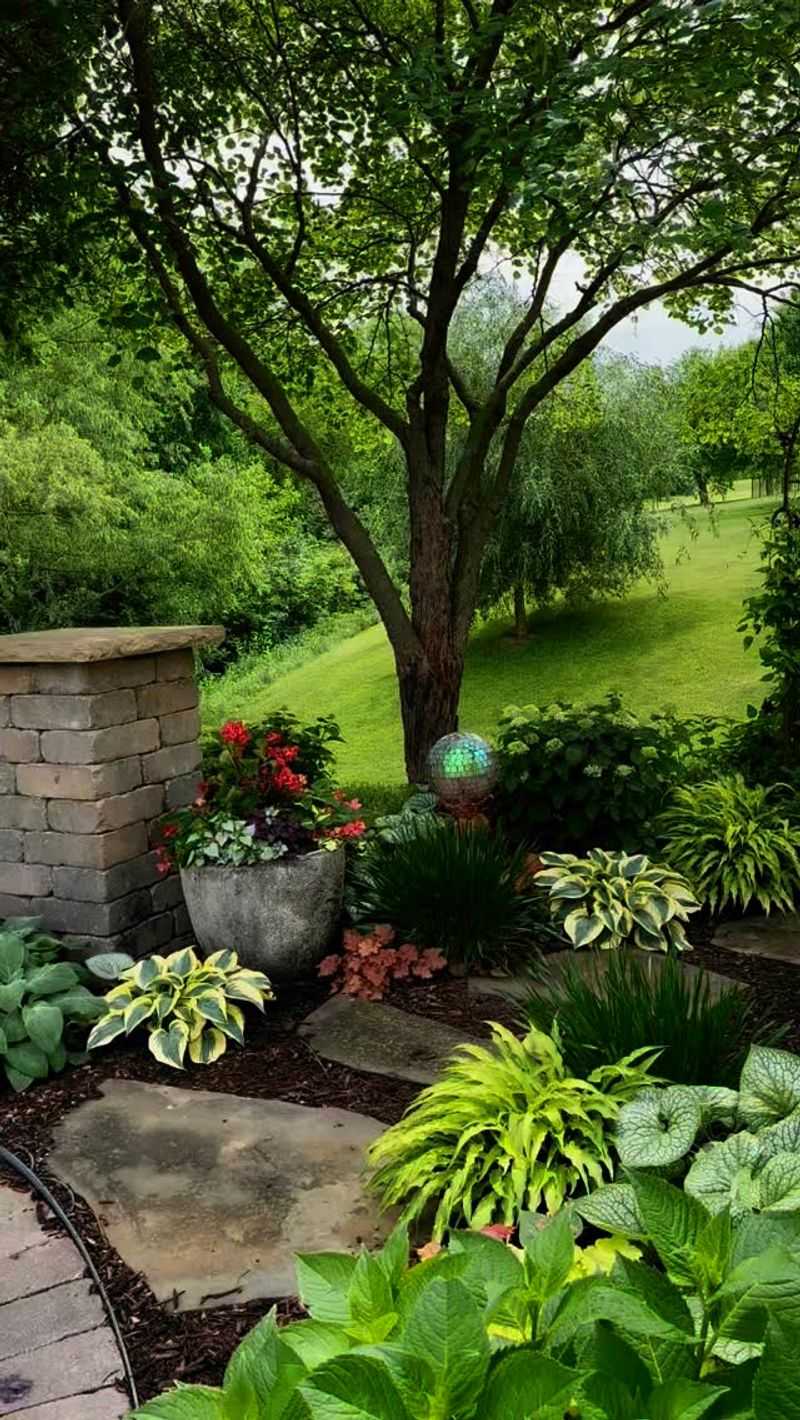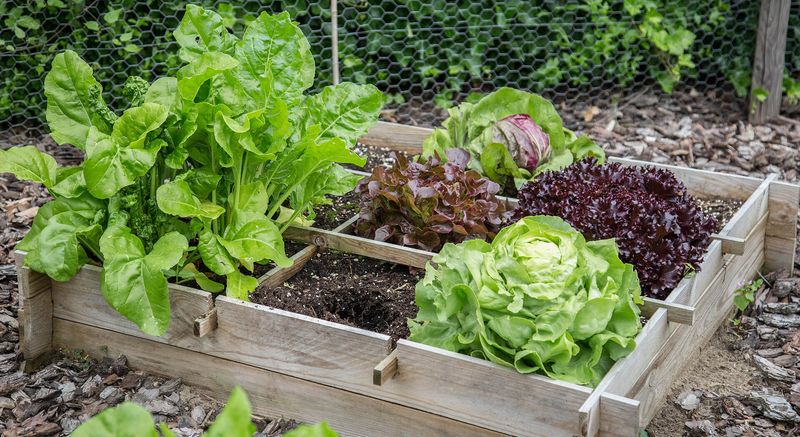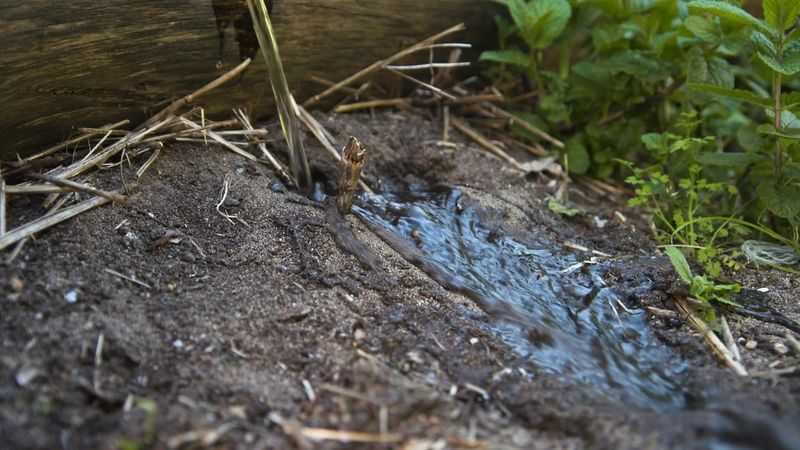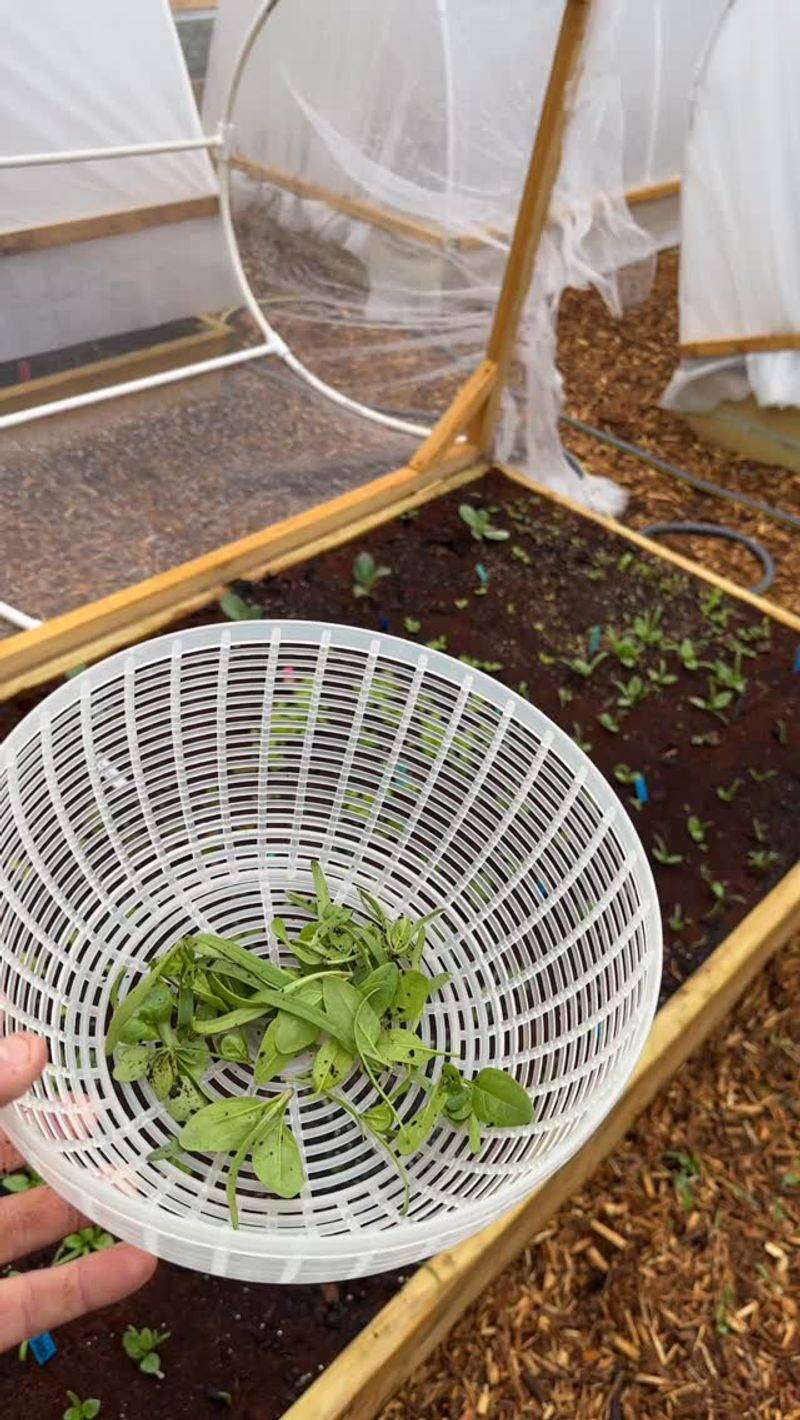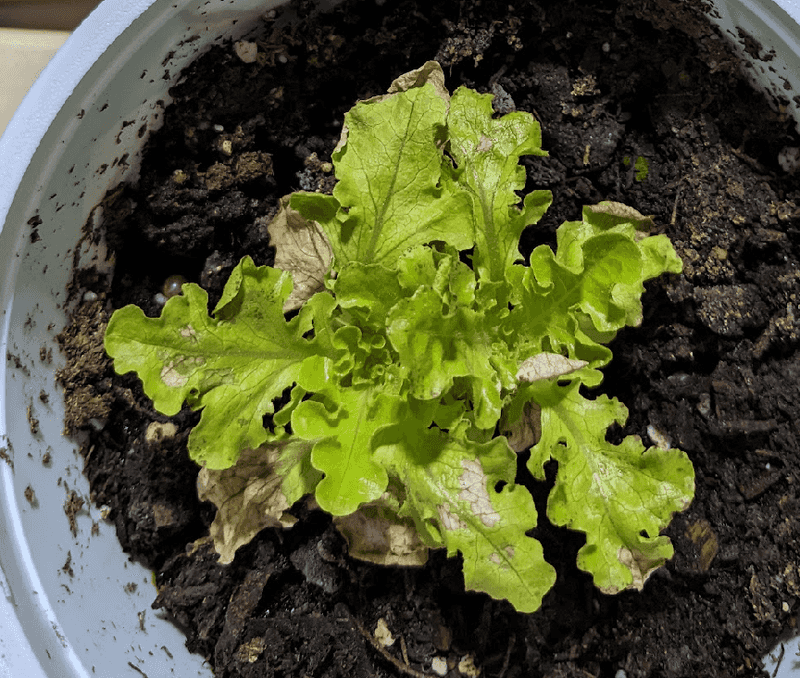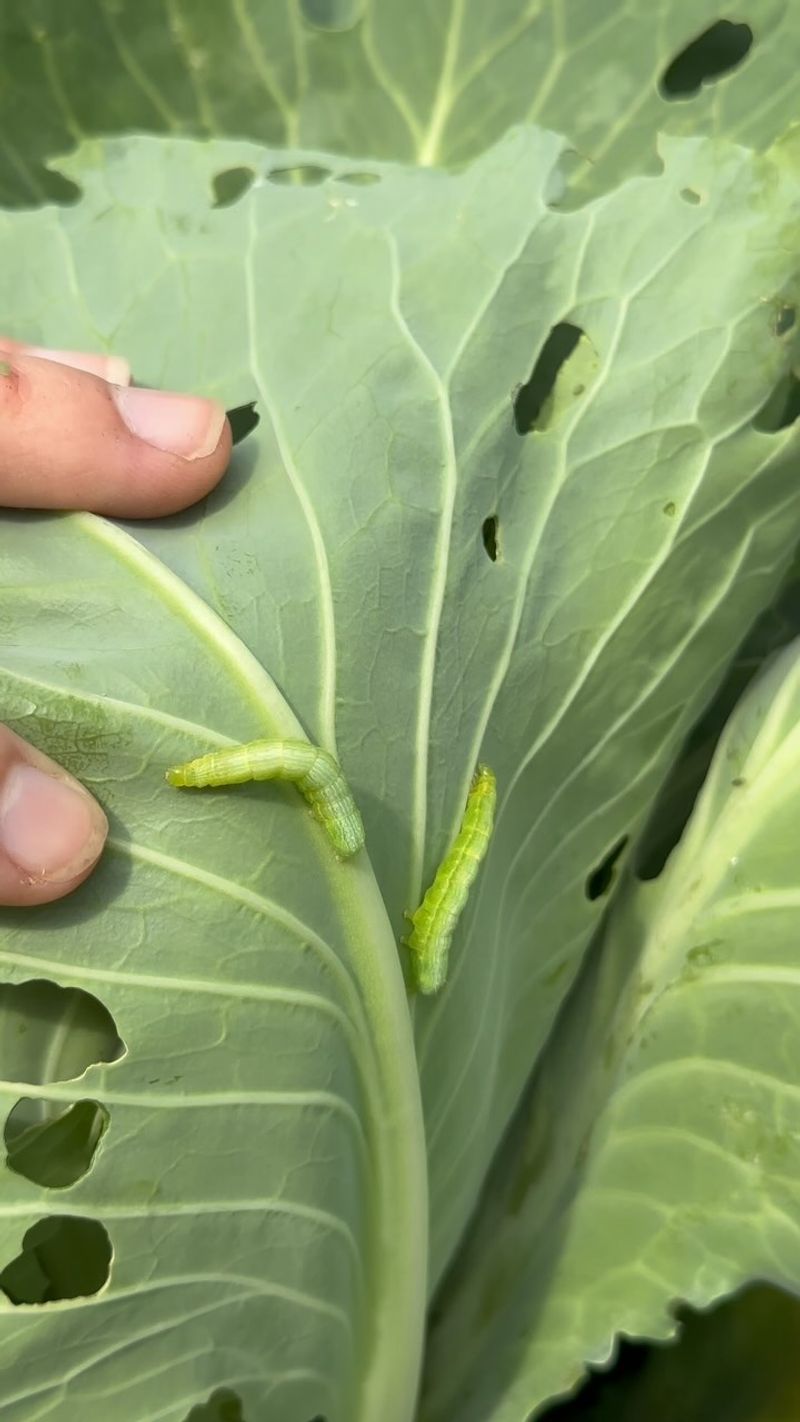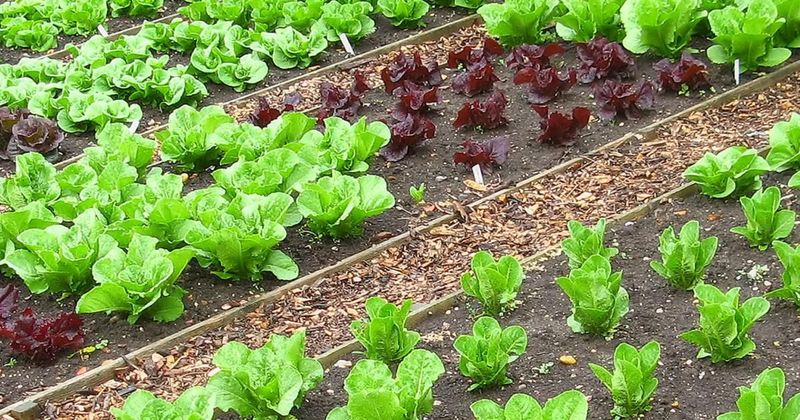Ready to grow your own fresh, vibrant salad garden this May? Whether you’re a first-time gardener or a seasoned green thumb, a little guidance can make all the difference between a thriving patch of greens and a disappointing harvest. Timing, technique, and a few simple habits are key to getting the most out of your garden space. In this guide, you’ll discover 10 essential tips to set your salad garden up for success—and just as importantly, 10 common mistakes to avoid that could hold your plants back. Let’s dive in and get you growing the freshest, tastiest greens right in your backyard!
1. Choose A Sunny Or Partially Shaded Location
Sunlight is crucial for your garden. Choose a location that receives at least six hours of sunlight daily. Morning sun helps plants grow strong and healthy. Areas with partial shade can work too, especially if the afternoon sun is too harsh.
Observe your garden space and adjust as needed. With the right spot, your salad greens will flourish, providing fresh and tasty leaves for your meals.
Remember, the balance of sun and shade is key. Too much shade can lead to weak plants. Ensure your garden space is optimally lit for the best results.
2. Start With Easy-To-Grow Greens
For beginners, starting with easy-to-grow greens like lettuce, spinach, and arugula is ideal. These greens sprout quickly and require minimal care. They thrive in various climates and offer a quick harvest, making them perfect for new gardeners.
Planting these easy greens boosts confidence and encourages continued gardening. Their quick growth ensures a steady supply of fresh greens. By choosing these varieties, you set yourself up for gardening success.
Enjoy the satisfaction of watching them grow and savoring their fresh taste in your salads. Start simple and enjoy the process of nurturing your greens.
3. Use High-Quality, Well-Draining Soil
The foundation of any thriving garden is high-quality soil. Well-draining soil prevents waterlogging, promoting healthy root growth. Ensure your soil is rich in organic matter, providing essential nutrients. Incorporate compost to enhance soil quality.
Test your soil to determine its needs and adjust accordingly. Good soil sets the stage for healthy plant growth. Poor soil can lead to stunted plants and disappointing harvests. Spend time preparing your soil before planting.
This investment leads to a bountiful garden. Remember, nourishing soil is the cornerstone of a successful salad garden. Pay attention to your soil’s health.
4. Sow Seeds Successively For Continuous Harvest
To enjoy a continuous harvest, sow seeds successively. Plant new seeds every few weeks. This ensures a constant supply of fresh greens. Staggered planting means you’ll always have something ready to harvest. This method prevents gaps in your salad supply.
It’s a simple technique that maximizes your garden’s productivity. Carefully space your plantings for the best results. This approach suits various greens, keeping your garden thriving throughout the season.
Enjoy fresh salads all month long with successive sowing. A little planning goes a long way in maintaining a lush, productive garden.
5. Water Consistently, Keep Soil Moist But Not Soggy
Consistent watering is vital for a healthy garden. Keep the soil moist, not soggy. Too much water can harm your plants. Aim to water regularly, checking soil moisture levels often. Morning watering helps prevent disease and keeps plants hydrated through hot days.
Adjust your watering schedule based on weather conditions. It’s a delicate balance of providing enough moisture without overdoing it. Your plants will reward you with vigorous growth and lush greens.
Proper watering routines are integral to a thriving salad garden. Pay attention to your garden’s needs, ensuring optimal hydration.
6. Mulch To Retain Moisture And Reduce Weeds
Mulching is a gardener’s secret weapon. It retains soil moisture and suppresses weeds. A layer of mulch keeps your garden healthy. It acts as a barrier against weed growth. Mulch helps regulate soil temperature, promoting consistent growth.
Organic mulches, like straw or wood chips, improve soil quality as they decompose. Applying mulch is simple yet impactful. It reduces the need for frequent watering. Your salad garden will benefit from this protective layer.
Embrace mulching for a low-maintenance, thriving garden. It’s a straightforward technique with significant results. Enjoy a lush garden with less effort.
7. Harvest Leaves Regularly To Encourage New Growth
Regular harvesting encourages new growth. Pick leaves frequently to stimulate your plants. This practice ensures a continuous supply of fresh greens. Early morning harvesting is best, preserving flavor and nutrients.
Avoid pulling the entire plant. Instead, pick the outer leaves, allowing the plant to continue growing. Regular harvesting is rewarding and practical. Your garden stays productive, providing fresh ingredients for your salads.
It’s a simple habit that pays off. Delight in the satisfaction of harvesting your greens. Experience the joy of a thriving, productive salad garden. Engage actively with your plants for the best results.
8. Use Raised Beds Or Containers If Space Is Limited
Limited space doesn’t mean limited gardening. Raised beds and containers are perfect for small areas. They offer excellent drainage and control over soil quality. These options maximize space while allowing flexibility. You can place them on patios or balconies.
They bring gardening to urban environments. Raised beds elevate your garden, improving accessibility. Containers come in various sizes, catering to your space needs. This approach suits beginners and experts alike.
Enjoy the convenience of a compact garden. With creativity, even the smallest space can yield a bountiful salad garden. Explore these space-saving solutions.
9. Companion Plant With Herbs Like Basil Or Dill
Companion planting enhances garden health. Pairing herbs like basil or dill with your salad greens offers numerous benefits. These herbs deter pests naturally, reducing the need for chemicals. They attract beneficial insects, promoting pollination.
The fragrance of herbs adds another layer of enjoyment to your garden. Their presence enhances flavor and diversity. Companion planting creates a balanced ecosystem. It encourages harmonious plant growth. Beyond functionality, it adds beauty to your garden.
Consider the synergy of plants working together. This holistic approach enriches your gardening experience. Enjoy a thriving garden with diverse plant partnerships.
10. Watch For Pests And Handle Them Early
Pest vigilance is crucial for healthy gardens. Regularly inspect your plants for signs of trouble. Early detection allows for quick action. Hand-picking pests or using natural remedies keeps your garden safe. Encourage beneficial insects like ladybugs to manage pest populations.
Avoid harsh chemicals, prioritizing eco-friendly solutions. Maintaining garden health requires diligence. Observe plant health and act promptly. A watchful eye prevents pest infestations. Your garden thrives when pests are managed effectively.
Stay proactive in protecting your greens. A healthy garden is a balanced one. Embrace natural methods for pest control and enjoy a flourishing garden.
11. Don’t Plant In Full Shade
Avoid planting in full shade. Salad greens need light to grow properly. Full shade leads to weak, spindly plants. Seek spots with ample sunlight, ensuring six hours daily. Partial shade is acceptable, but full shade isn’t. Monitor your garden’s light levels.
Adjust plant placement if needed. Light is essential for photosynthesis. Without it, plants struggle. Ensure your garden receives adequate light. Strong, healthy plants result from proper lighting. Avoid the pitfalls of shady spots.
Your garden thrives in well-lit areas. Prioritize light for vibrant growth. With the right conditions, your salad garden flourishes.
12. Avoid Overcrowding Your Seeds Or Plants
Overcrowding stunts plant growth. Give each plant space to grow. Proper spacing ensures access to light, air, and nutrients. Overcrowded plants compete, leading to poor growth. Follow seed packet guidelines for spacing. This allows roots to spread and plants to flourish.
Adequate spacing promotes healthy growth and reduces disease risk. Crowded conditions create stress. Your garden benefits from mindful planting. Roomy gardens yield abundant, healthy greens. Avoid the temptation to plant too densely.
Enjoy the rewards of properly spaced plants. With thoughtful planning, your salad garden thrives. Prioritize space and watch your plants flourish.
13. Don’t Let The Soil Dry Out Completely
One of the biggest secrets to a thriving salad garden? Keeping your soil consistently moist—but not soaked. Letting the soil dry out completely is like asking your greens to tough it out in the desert (spoiler: they won’t love you for it).
Plants under water stress struggle to grow, their leaves turning limp and bitter, which is definitely not the vibe we’re going for. Check your soil regularly—a quick finger test or a moisture meter can tell you if it’s time for a drink. But remember, it’s all about balance.
Too much water? Roots can drown. Too little? Plants wilt and stall. Pay attention to the weather too—hot, sunny days mean your garden gets thirstier.
14. Avoid Using Poor-Quality Or Compacted Soil
When it comes to growing a thriving salad garden, your soil is everything. Poor-quality or compacted soil? That’s a fast track to sad, stunted plants that just can’t reach their full potential.
Roots need room to breathe, stretch, and soak up water and nutrients. If your soil is too dense or lacking in nutrients, your plants will struggle from day one. Don’t let that happen—invest in rich, well-draining soil that feels loose and crumbly in your hands.
Even the best soil can get tired or compacted over time, especially after heavy rains or lots of foot traffic. Show your soil some love. Aerate it, amend it with compost or organic matter, and give it the structure your greens need to thrive.
15. Don’t Skip Thinning Seedlings
It might feel counterintuitive, but thinning your seedlings is one of the best things you can do for your salad garden. Giving your plants a little extra space to breathe ensures they grow stronger, healthier, and more resilient.
When seedlings are overcrowded, they end up battling for sunlight, nutrients, and water. Without enough space, even the strongest plants can get stunted, and you’ll end up with a crowded patch of weak, struggling greens.
Don’t be afraid to remove the weaker ones. It might feel like playing favorites, but thinning gives the remaining plants the room they need to spread their roots and truly thrive.
16. Avoid Over-Fertilizing (Especially With Nitrogen)
When it comes to fertilizing your salad garden, balance is everything. It’s easy to think more nutrients mean bigger, better plants—but too much of a good thing, especially nitrogen, can do more harm than good.
Over-fertilizing leads to lush, leafy greens on the surface, but weak, underdeveloped roots below. Your plants might look great at first, but they won’t have the strength to sustain that growth. It’s like feeding them junk food—quick results but no lasting health.
Stick to a balanced fertilizer and always follow the instructions on the label. Every garden is different, and the key is moderation. Too much fertilizer can throw off the nutrient balance in your soil, leaving your plants stressed and vulnerable.
17. Don’t Forget To Check For Pests Regularly
Keeping pests in check is all about staying one step ahead. Regular inspections are key—take a walk through your garden often and really look at your plants. Spotting trouble early means you can act fast before things spiral.
If you notice any unwanted visitors, don’t panic. Hand-pick those pests off or reach for natural remedies like neem oil or insecticidal soap. Better yet, invite nature to do the work for you. Encourage beneficial insects like ladybugs and lacewings to move in and help keep pest populations under control.
Skip the harsh chemicals—they can do more harm than good, wiping out the good bugs along with the bad. Eco-friendly solutions keep your garden in balance, creating a healthy ecosystem where everything works together.
18. Avoid Planting Too Late In The Season
In gardening, timing isn’t just important—it’s everything. Plant too late in the season, and you’re setting your salad garden up for disappointment before it even begins. Late planting means shorter growth cycles, smaller harvests, and stressed-out plants racing against the clock.
Know your frost dates, understand your local climate, and plan accordingly. Getting your seeds in the ground at the right time gives your greens the full season they need to grow lush, tender, and abundant.
A little scheduling goes a long way. Prioritize planting early enough to take full advantage of the growing season. This simple step ensures your garden reaches its full potential, delivering vibrant greens ready for harvest.
19. Don’t Harvest Too Late (Leaves Can Become Bitter)
When it comes to harvesting, timing makes all the difference. Wait too long, and those tender greens you’ve been nurturing can turn tough and bitter—definitely not what you want in your salad bowl.
The key is to pick your greens when they’re young, tender, and at their flavorful best. This ensures every bite is fresh, crisp, and delicious. Late harvesting not only affects taste but also signals your plants to stop producing, cutting your harvest short.
Keep a close eye on your plants. Watch how the leaves grow, and learn to recognize when they’re just the right size for picking. Don’t be afraid to harvest early and often—this encourages new growth, keeping your garden productive.
20. Avoid Neglecting Crop Rotation Each Season
Crop rotation is one of the smartest moves you can make for a healthy, thriving garden. Planting the same crop in the same spot season after season? That’s a fast track to tired soil and lingering pests.
Different plants draw different nutrients from the soil—and some even give nutrients back. By rotating your crops each season, you keep your soil balanced, preventing depletion while disrupting pest and disease cycles that love to stick around when things stay the same.
Don’t fall into the habit of replanting the same greens in the same place every year. Mix it up! Your garden will reward you with healthier soil, fewer pests, and stronger, more productive plants.

